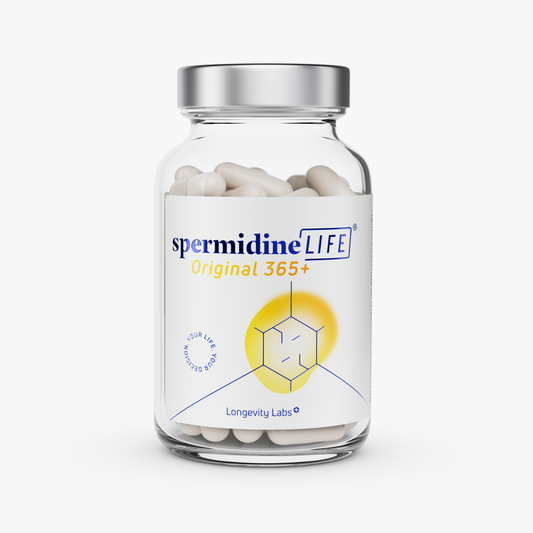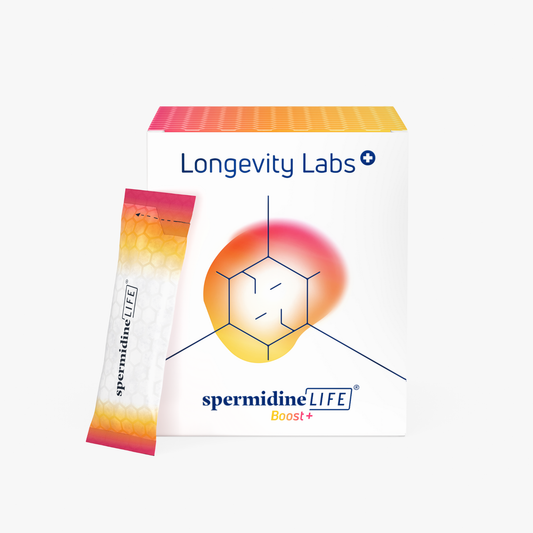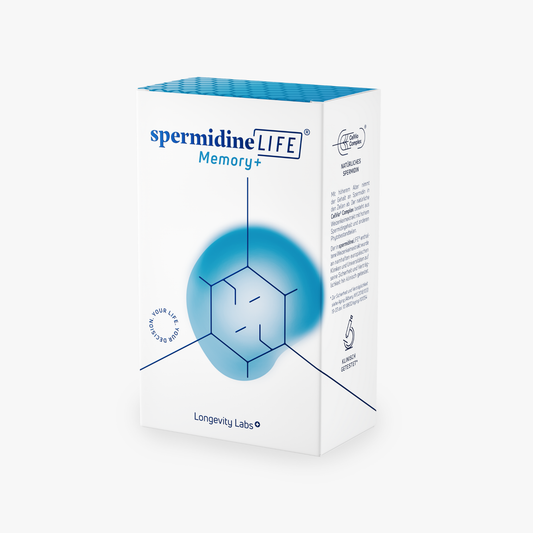
Dementia: What happens in our body?
Science, TLL LongevityLabsAccording to an estimate by "Alzheimer's Disease International," more than 50 million people worldwide are currently affected by some form of dementia, a significantly larger proportion of them female. Due to our steadily increasing life expectancy, the incidence of dementia is also rising at a faster rate every year: it is expected that by 2050, around 152 million people will be struggling with dementia. But what is the cause of dementia? And what happens in our brains when we have the disease?
Dementia is a collective term for various chronic brain diseases that are associated with a gradual decline in cognitive, emotional and social abilities. Dementia itself is therefore not a disease in the classical sense, but a so-called syndrome - a term used when different symptoms occur in certain combinations. Each of these symptoms can occur in connection with different brain diseases, which are subcategorized as "forms of dementia" to make a classification possible.
In turn, a distinction is made between primary forms of dementia and secondary forms of dementia. Primary forms of dementia are based on a loss of nerve cells in the brain, which thereby leads to symptoms. This form of dementia affects 91% of all dementias. The best known of these forms of dementia is Alzheimer's, which accounts for about two-thirds of all cases. In addition, diseases such as vascular dementia, Lewy body dementia and frontotemporal dementia are among the most common primary dementias.
Secondary forms of dementia affect about 9% of all dementias and happen as a result of another underlying disease or pre-existing condition. Secondary dementias, depending on the underlying disease, are partially curable or the symptoms can even be reversed!
Since there are many different forms of dementia, which all run differently in the human body, we want to introduce you today at least one closer, namely the best known (and most widespread): Alzheimer's disease.
Alzheimer - What happens in our cells
Mainly responsible for the development of the disease are two naturally occurring proteins in the body: Beta-amyloid and the tau protein.
Beta-amyloid
Beta-amyloid is formed by biochemical reactions from the amyloid precursor protein and is cleaved and broken down by the body in healthy people. But in Alzheimer's disease, the breakdown of the protein changes: this results in the formation of beta-amyloid protein, which accumulate as harmful oligomers - molecules made up of structurally similar units. These accumulations slowly form insoluble deposits between nerve cells, also known as beta-amyloid plaques or Alzheimer's plaque. These deposits can no longer be broken down by the body and lead to communication problems between the cells.
Tau protein
The tau protein, on the other hand, works in a different place: It is present inside our cells and forms the microtubules there - a tube structure that is responsible for the transport of nutrients and other substances within the nerve cells. In this way, they not only ensure the supply of nutrients, but also the stability of the nerve cells. In Alzheimer's disease, however, the tau protein is chemically altered and thus accumulates in the form of fibers, which are also called tau fibrils. The protein can no longer support the nerve cells and supply them with nutrients, which is why they not only lose their shape but also their function and eventually disintegrate.
So far so good, but what exactly does this mean for us?
In combination, the changes in these two proteins prevent communication between nerve cells and, over time, lead to increased death of nerve cells and synapses. Since these can only renew themselves to a limited extent, the loss of nerve cells outweighs the formation of new ones: an imbalance occurs and information can no longer be sufficiently exchanged. In our brain, the cerebral cortex and the hippocampus are particularly affected. These are the regions responsible for our memory, thinking, language and orientation.
The causes of Alzheimer's
A slight breakdown of brain cells is normal with age, as cell renewal processes decline throughout life. However, exactly why the accelerated loss of neurons in our brain occurs is still unknown. Nevertheless, there are some factors that make a possible disease more likely. Even though older age is most often associated with Alzheimer's (only about 1% of all people under 65 develop Alzheimer's), there are also some pre-existing physical conditions that seem to influence the risk.
These include:
- High blood pressure
- Obesity
- An elevated cholesterol level
- An elevated homocysteine level
- Vascular calcification
- Poorly controlled blood sugar in the case of diabetes
- Oxidative stress caused by aggressive oxygen compounds that contribute to protein deposition
Other factors such as infections, viral infections and pre-existing mental health conditions continue to be heavily studied in relation to dementia.
Here we have compiled a list of tips for you, which can help to reduce the risk of dementia!
If you or someone close to you is showing signs of dementia or has already been diagnosed, you don't have to go through this difficult time alone. Asking for help, talking, or being educated can often ease much of this burden. You can find some resources and information here:
The product spermidineLIFE® Memory+ contained zinc and iron contributes to normal cognitive function. Thiamine also contributes to normal mental function and normal functioning of the nervous system.






